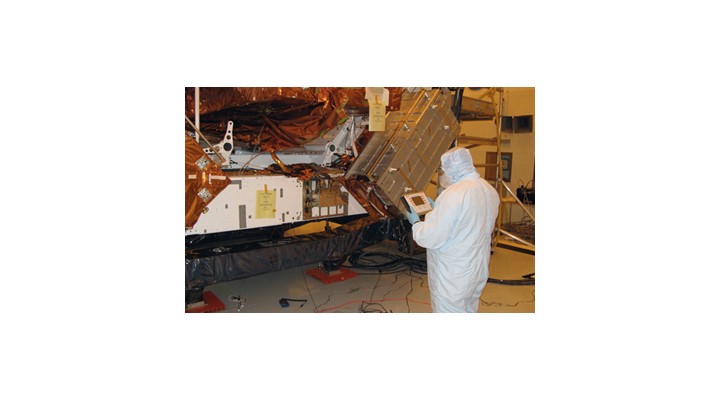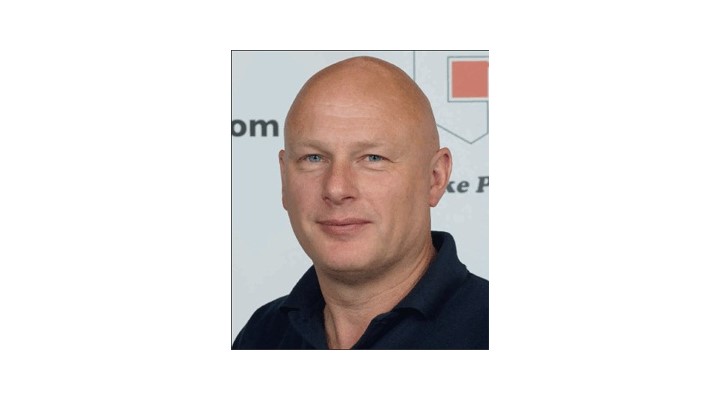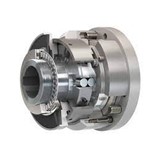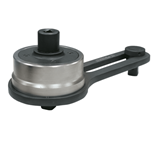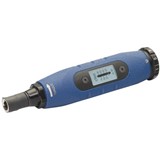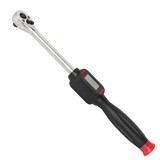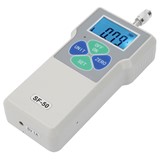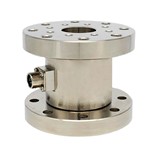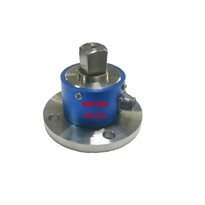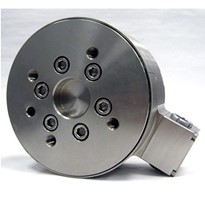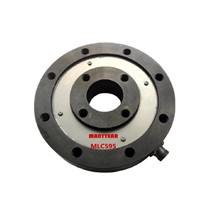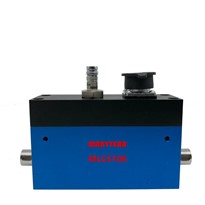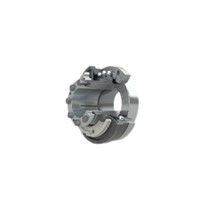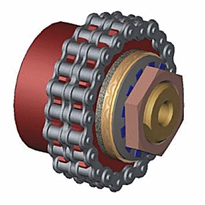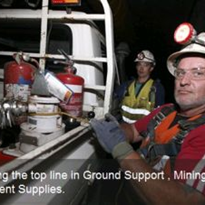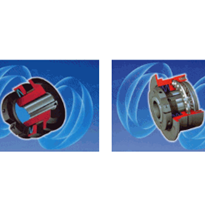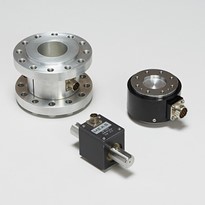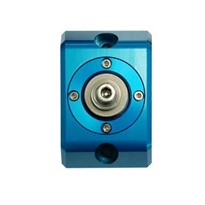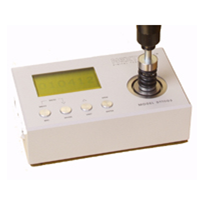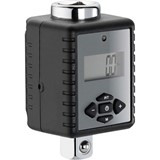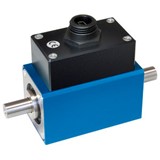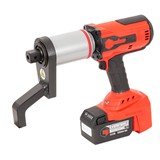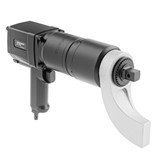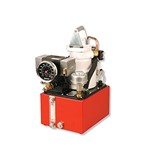Restricting weight and ensuring economy of space is critical in aerospace manufacturing, especially with recent pressures to decrease fuel consumption for cost and environmental reasons. This naturally impacts on aerospace engineering, which requires absolute precision together with rigorous attention to health and safety considerations.
Aerospace has an essential need to accurately control threaded fasteners. The main rotor retaining nut that holds the hub onto the mast of a helicopter rotor system is just one of many aerospace components whose malfunction can be catastrophic and potentially life threatening. The accurate measurement and application of torque on joints and fastenings is critical for aircraft manufacturing and maintenance, where tolerance levels are minimal.
Torque calibration equipment is used on military and commercial aircraft worldwide and accurate testers are sited in production facilities and aircraft hangars for regular checks on the wide variety of tools being used. One of the key issues is access to fasteners, because if the tool operator’s ability to apply the correct torque to a fastening is impeded by space restrictions then a malfunction at the joint is likely to occur. Engine streamlining and other constraining factors in aircraft construction means that frequently torque tools used for manufacture and maintenance have to be specifically engineered to order (ETO) to overcome the challenges posed by modern aircraft design.
Maintaining military aircraft
Military aircraft maintenance may be carried out in a variety of locations, with torque tools frequently supplied in easily transportable kits for the convenience of military personnel. Recent bespoke tools produced by Norbar include:
- Equipment required to test a range of torque wrench sizes to be used at permanent service installations and combat situations. Test kits were produced with 2 different battery operated Professional Torque Tester units with calibrated ranges of 1.2 to 60Nm and 30 to 1,500Nm respectively. Operations can be carried out at temperatures from zero to 50ºC.
- Special torque tightening tools were produced for restricted access maintenance on the RAF Tornado jet fighter, dealing with the hose connector to oil cooler fixing bolts. Kits consisted of professional torque wrenches and attachments comprising: wrenches with integral cranked and integral straight spanner ends, each having a ratchet with 10mm A/F hexagon; an extension adaptor with 10mm A/F female hexagon to 10mm A/F male hexagon; a calibration adaptor with 1/2 male square to 10mm A/F male hexagon. These tools have a maximum tightening torque of 6Nm.
- A special high accuracy torque wrench with integral cranked spanner end was required for military aircraft restricted access maintenance. This remains accurate regardless of the operator’s hand position. Coming in a kit that includes a calibration adapter, the tool is designed to prevent unauthorised torque setting. Coloured end seals identify the wrench to a particular operator, torque setting or calibration period.
Measuring for space
Space missions are dependent on ultrasonic measurement (USM). Norbar’s USM equipment, used on the Space Shuttle Programme and other NASA-led projects, can calculate the elongation and load in threaded fasteners ranging from the smallest sizes to over 15m long.
The USM also records relaxation in a joint and frequently a bolt may be monitored for an hour to evaluate whether it remains within the same tension range. Ultrasonic measurement works by introducing a sonic pulse at one end of the fastener and accurately measuring the Time of Flight (ToF) required for the echo to return from the opposite end. When the fastener is tightened, the ToF increases.
Space Shuttle Mission STS 123, which delivered a payload of seven astronauts and two new components to the International Space Station, and STS 125, to carry out work to extend the life of the Hubble Space Telescope, both featured engineering innovations. These included the introduction of the new MP98T super-alloy bolt supplied by ATK, which tested the ability of ultrasonic measurement to deal with the changing use of materials. For use with non-magnetic materials, Norbar produced minute 3mm glue-on spring-loaded transducers to test bolt tension in the vacuum of space and under the pressures of re-entry. This resulted in invaluable data being collected for evaluation post-mission.
Laboratory performance
Aerospace companies require traceability on calibration equipment and on all tooling hardware, a process that starts at calibration laboratories. The ISO/ IEC 17025:2005 international standard covers testing and calibration and supports laboratories such as Norbar’s in developing its management system for quality, administration and technical operations. It is used by accreditation bodies such as United Kingdom Accreditation Service (UKAS) as the basis for evaluation. Aerospace companies value this standard as demonstrating a laboratory’s competence to deliver technically valid results.
There is mutual recognition by accreditation bodies worldwide. This means that Norbar’s UKAS accreditation for performing calibrations up to 108,500Nm of torque under BS7882:2008 is also recognised by NVLAP (USA), NATA (Australia) and similar organisations in other countries.
Establishing traceable torque involves a hierarchy of equipment. Transducers are used to calibrate torque wrenches and calibration beams in turn calibrate the transducers. There has been an increasing demand by aerospace companies to set up their own fully equipped laboratories to have the full torque calibration process under their control. This shows the importance the aerospace industry attaches to torque measurement and application and has led to many airlines requesting the supply of beam and weight calibration master systems for the calibration of torque measuring devices.
New space exploration projects are likely to expand the need for ultrasonic measurement; while in military, civil and general aviation, precision torque measurement of fastenings also plays a vital role. Throughout the industry, innovative tools are required to work with new materials and in restricted spaces, posing exciting challenges for engineers.


